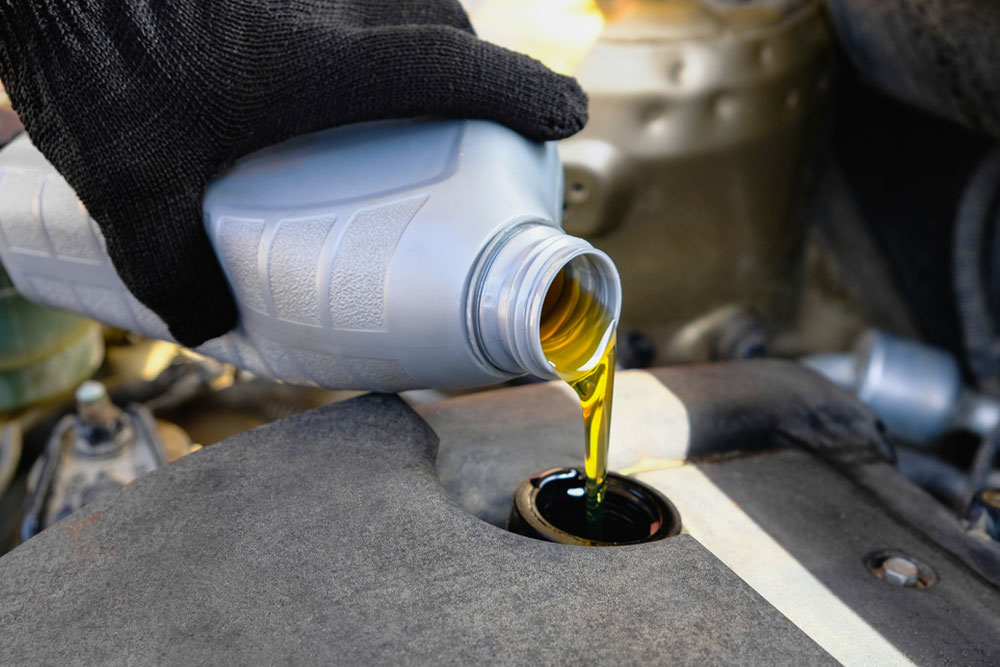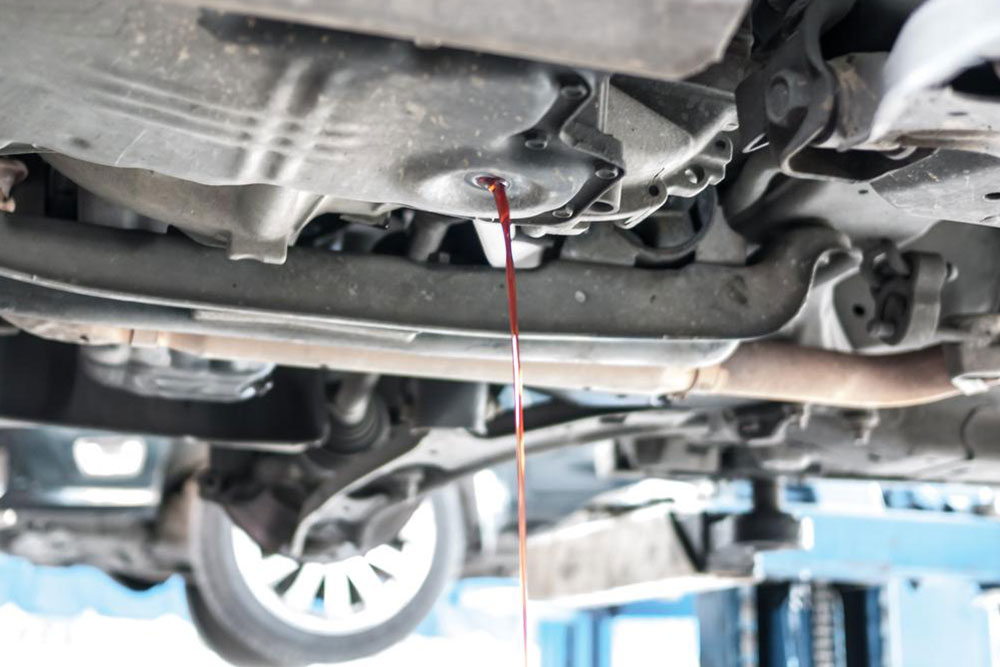Comprehensive Guide to Properly Changing Your Car's Engine Oil and Avoiding Common Mistakes
This comprehensive guide provides essential tips for car owners to perform oil changes correctly. It details how to choose the right oil, monitor change intervals, select compatible filters, maintain accurate oil levels, and replace the O-ring seals. Well-maintained oil changes are crucial for engine health, performance, and longevity. The article emphasizes avoiding common mistakes like using incorrect oil or filters, overfilling or underfilling, and neglecting O-ring replacements. By following these expert tips, vehicle owners can ensure a smooth, safe, and cost-effective engine maintenance process, ultimately extending their vehicle’s lifespan.

Essential Tips to Prevent Errors During Your Car's Oil Change
Performing an engine oil change by yourself can be a rewarding task that saves money and enhances your understanding of vehicle maintenance. However, it requires careful attention to detail, proper knowledge of your vehicle’s specifications, and the right tools to ensure the job is done correctly. Mistakes during an oil change can lead to serious consequences such as engine damage, decreased performance, or costly repairs. This comprehensive guide aims to educate car owners on the most common errors made during oil replacement and provides practical tips to avoid these pitfalls, ensuring a smooth and efficient process.
Choosing the Right Engine Oil for Your Vehicle
Selecting the appropriate engine oil is the most critical step in maintaining engine health. The primary function of engine oil is to lubricate moving components, reduce friction, and prevent wear and tear. It also plays a vital role in cooling the engine, sealing combustion chambers, and reducing emissions. Using incorrect oil viscosity or type can lead to decreased engine efficiency, increased fuel consumption, or even severe engine damage. Always consult your vehicle’s owner’s manual before purchasing oil. Manufacturers specify the recommended viscosity grade (such as 5W-30 or 0W-20) based on your engine design and operating conditions. Additionally, choosing between synthetic, semi-synthetic, or conventional oil depends on your driving habits, climate, and the manufacturer’s recommendations. Synthetic oils generally offer better stability and performance at high temperatures and cold starts, but they may be more expensive. Ensuring compatibility and correct specifications helps maintain optimal engine performance and longevity.
Monitoring Oil Change Intervals
Many vehicle owners overlook the importance of tracking oil change intervals. Changing oil too frequently can be unnecessary and costly, whereas delaying the oil change can cause engine sludge buildup and wear. It is essential to monitor the mileage or time elapsed since the last oil change. Modern vehicles often have oil life monitoring systems that alert owners when a new oil is needed. If your vehicle doesn't have this feature, keep a maintenance log or set reminders based on the manufacturer’s recommended intervals—typically every 5,000 to 7,500 miles or every six months, depending on driving conditions. Severe driving habits such as frequent idling, stop-and-go traffic, or towing can accelerate oil degradation, requiring more frequent changes.
Choosing the Correct Oil Filter
The oil filter plays a crucial role in removing dirt, debris, and metal particles from the engine oil, helping maintain cleanliness and prevent damage to engine components. Using an incorrect or inferior filter can result in poor filtration, leaks, or filter failure. Always select a high-quality, OEM-grade filter that matches your vehicle’s specifications. Proper installation is equally important—ensure the filter is tightened appropriately without over-tightening, which can damage the seal. When replacing the filter, inspect the old filter’s O-ring and replace it along with the filter itself. This prevents leaks and ensures a proper seal during operation.
Maintaining Accurate Oil Levels
Correct oil level is vital for engine efficiency and longevity. Overfilling can cause foaming, leading to reduced lubrication and increased pressure on engine seals, resulting in leaks or damage. Underfilling, on the other hand, results in insufficient lubrication, excessive friction, and potential engine overheating. Always check the oil level using the dipstick on a level surface. Wipe the dipstick clean before measuring, and add oil gradually until reaching the recommended level marked on the dipstick. Regular checks between oil changes can help prevent issues related to incorrect volume.
Replacing the O-ring Seal
The O-ring or gasket forms the seal between the oil filter and the engine block. A worn or damaged O-ring can cause oil leaks, leading to reduced oil pressure and potential engine damage. Whenever replacing the oil filter, always remove the old O-ring, clean the sealing surface, and install a new O-ring of the same size and material. Proper lubrication of the O-ring with a small amount of fresh oil during installation ensures a snug fit and prevents pinching or tearing. Paying attention to this small detail can save you from future leaks and engine problems.





